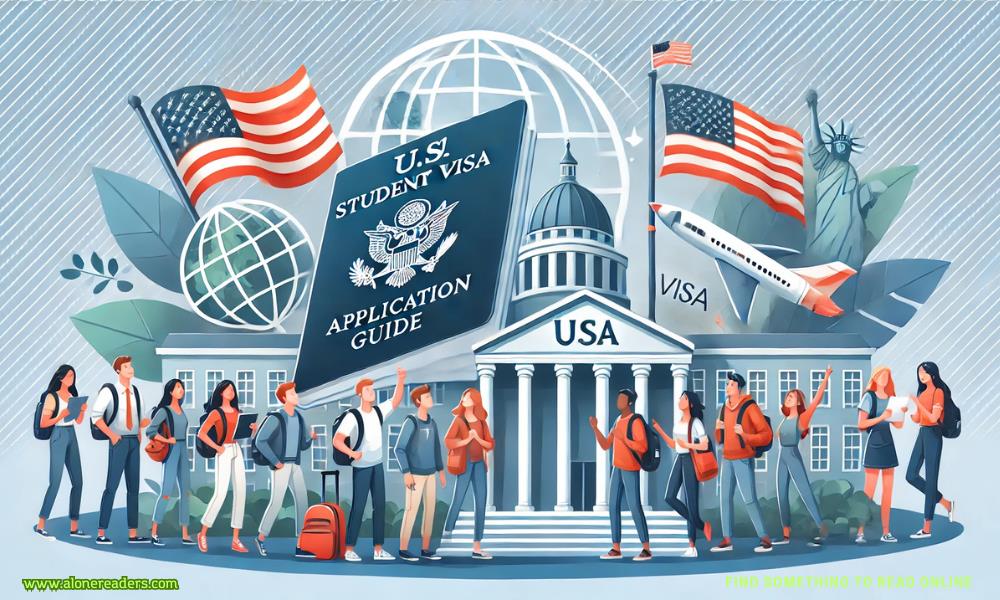
Embarking on an educational journey in the United States is an exciting opportunity for international students. The U.S. F1 Student Visa is your gateway to studying at accredited institutions in the U.S., including colleges, universities, and language training programs. This comprehensive guide will walk you through the application process for 2024, covering requirements, steps to apply, fees, and essential tips to ensure a smooth experience.
The F1 Student Visa is a non-immigrant visa that allows international students to pursue full-time academic studies or language training programs in the United States. This visa is specifically designed for students enrolled in programs that require more than 18 hours of study per week. It is the most common type of student visa for those seeking to attend universities or colleges in the U.S.
Studying in the U.S. offers numerous advantages:
To be eligible for an F1 Student Visa, you must meet the following criteria:
Follow these steps to apply for your F1 Student Visa:
1. Research and Apply to U.S. Institutions
Begin by researching U.S. institutions and programs that align with your academic goals. Consider factors such as accreditation, program curriculum, location, and costs. Apply to the institutions of your choice, ensuring you meet application deadlines and requirements.
2. Obtain Form I-20
Upon acceptance, the institution will issue Form I-20, "Certificate of Eligibility for Nonimmigrant Student Status." Carefully review the information on the form for accuracy, including your name, program of study, and financial details.
3. Pay the SEVIS Fee
Pay the SEVIS I-901 fee, which supports the Student and Exchange Visitor Program. The fee for F1 visa applicants is $350. Payment can be made online through the FMJ Fee website. Print the payment confirmation for your records and visa interview.
4. Complete the Online Visa Application (DS-160)
Fill out the DS-160 form online at the Consular Electronic Application Center. The form requires personal, educational, and background information. After submission, print the DS-160 confirmation page, which includes a barcode needed for your interview.
5. Schedule and Prepare for a Visa Interview
Schedule an appointment for your visa interview at the U.S. Embassy or Consulate in your country. Consult the U.S. Embassy or Consulate website for specific procedures. Prepare the following documents:
Valid Passport: Must be valid for at least six months beyond your stay.
DS-160 Confirmation Page: Printed with barcode.
SEVIS Fee Receipt: Proof of payment.
Form I-20: Issued by your U.S. institution.
Visa Application Fee Receipt: Proof of payment of the $160 fee.
Passport-Sized Photograph: As per the U.S. visa photo requirements.
Academic Documents: Transcripts, diplomas, degrees, or certificates.
Standardized Test Scores: TOEFL, IELTS, SAT, GRE, etc.
Financial Documents: Bank statements, scholarship letters, or sponsor letters.
Proof of Ties to Home Country: Property ownership, family relationships, employment commitments.
6. Attend the Visa Interview
On the day of the interview:
Arrive early with all required documents.
Dress professionally.
Be prepared to answer questions about your study plans, choice of institution, financial ability, and intentions after graduation.
Be honest and concise in your responses.
7. Visa Approval and Travel Preparation
If approved, the consular officer will inform you about the visa issuance process. Processing times may vary. Once you receive your visa, you can make travel arrangements. Note that you cannot enter the U.S. more than 30 days before the start date listed on your Form I-20.
Once in the U.S., it's crucial to maintain your F1 visa status:
The F1 Visa is valid for the duration of your academic program, as indicated on your Form I-20, plus an additional 60-day grace period after completion. During this time, you may:
Pros
Cons
Conclusion
Applying for the U.S. F1 Student Visa in 2024 is a significant step toward achieving your educational aspirations. By understanding the requirements, preparing thoroughly, and staying informed, you can navigate the application process successfully. Studying in the U.S. offers unparalleled opportunities for personal and professional growth, and with careful planning, you can make the most of this transformative experience.